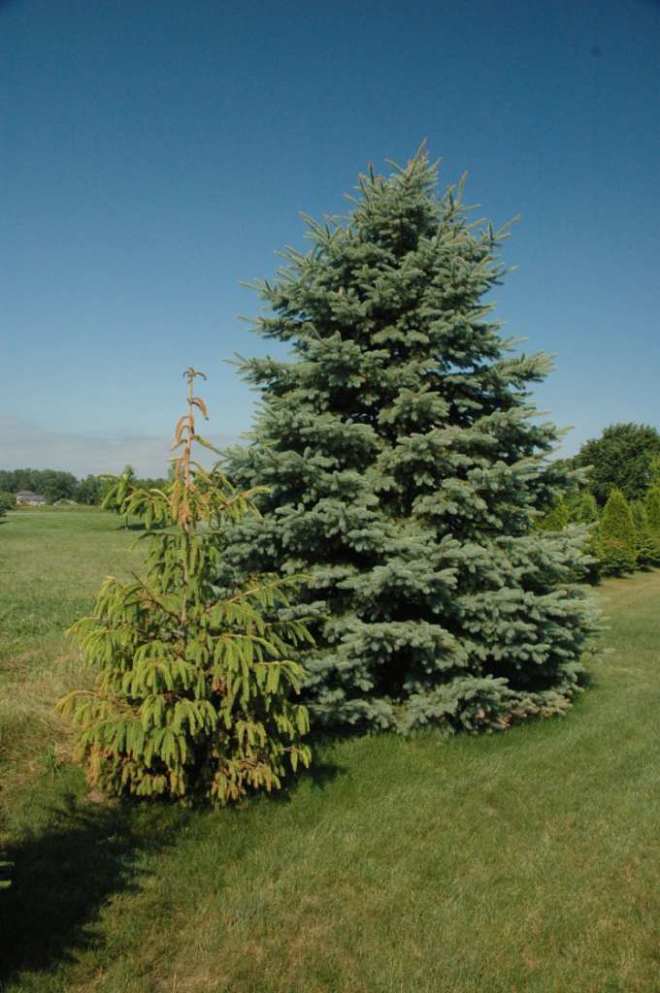Is this title too extreme? I’ll leave that up to you.
Most of you are aware of the frog controversy that surrounds Round-up. A few years ago a professor from Pittsburgh showed that this chemical can kill aquatic creatures if it gets into a pond. Particularly tadpoles. Not that Round-up is intended to be used around water, but still, it is a concern and I don’t want to minimize it. Nor do I want people to forget that other supposedly safer products have their own set of dangers.
This past Sunday I was in the back yard pulling weeds (there is the possibility that my post last week led to this fate…but I’m not going to examine that here). One of the places where I pulled weeds was under the deck at the back of our house. This area is covered with rock mulch and hasn’t been weeded all year. I started out pulling the large weeds, which took about 15 minutes, and then I started pulling the smaller weeds. After another 15 minutes I realized there was no way that I was going to be able to pull all of the small weeds in what I considered a reasonable time. So I went to the garage where I found a bottle of 20% acetic acid – that super strong weed killing vinegar spray that I’ve mentioned before. I knew the stuff was too strong and not a great choice — I had been planning to take it in to school and use it for some experiments there, but I figured what the heck, it ought to do some damage to the little weeds, even if it doesn’t completely wipe them out. So I started spraying.
The first things I noticed were things that I’ve had to cope with before when using this trigger-spray bottle. The spray misted onto my hand and hit a small cut making further spraying uncomfortable – but I pressed on (At this point you should all be screaming at me PUT SOME DAMN GLOVES ON – You’re right this was a stupid move on my part) and the smell was almost overwhelming. But I expected these things, so I figured I’d finish. Then, out of the corner of my eye I saw something coming from an area that I’d just sprayed — moving across the gravel and approaching fast. It was a small toad, no doubt there to eat slugs. He was hopping all over the place with no apparent direction. Random leaps here and there. I picked him up – and noticed that his eyes were glazed. I called for my wife to bring a bowl of water – which she did. I washed him off, but he had already stopped moving. A few minutes later it was no better – just random twitches and nothing else. His eyes seemed covered by a fine film – almost like cataracts. I put him in a cool moist shady spot hoping that he might get better, but I didn’t have the heart to check on him. The vinegar did him in.
I kill insects and other critters all the time and I’m no vegetarian — so why should I whine about this little guy? Because it’s always a shame when a life is lost without a purpose. This guy was helping me out underneath that deck and I killed him because I made a stupid decision by using a pesticide which I knew was a bad choice. If I’d used Round-up (which I have accidentally sprayed a small amount of on adult toads without apparent effect)– or better yet taken the time to pull the weeds by hand I would have avoided this whole situation and I could have done a better job killing the weeds too.












